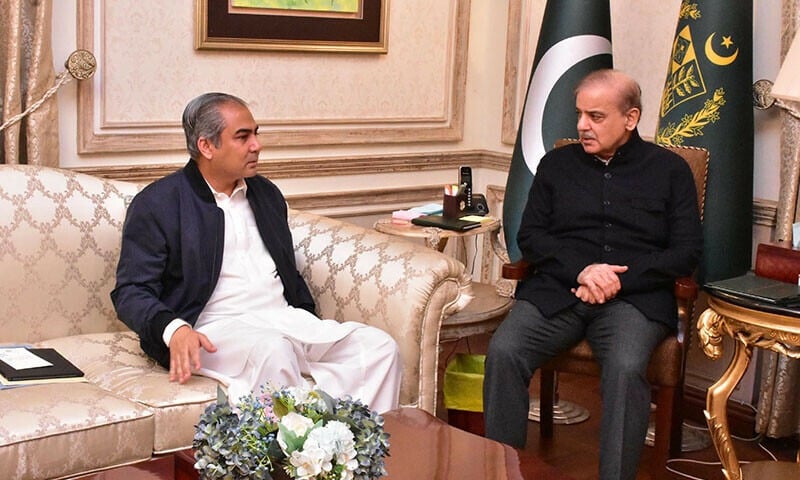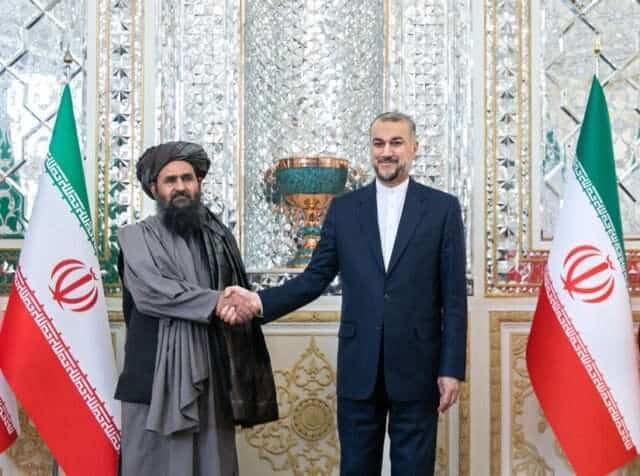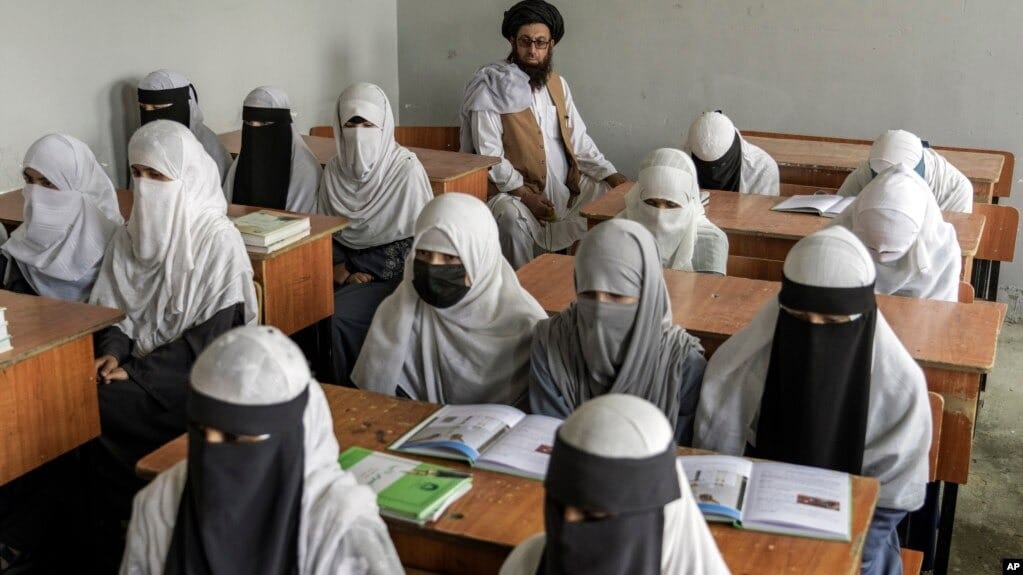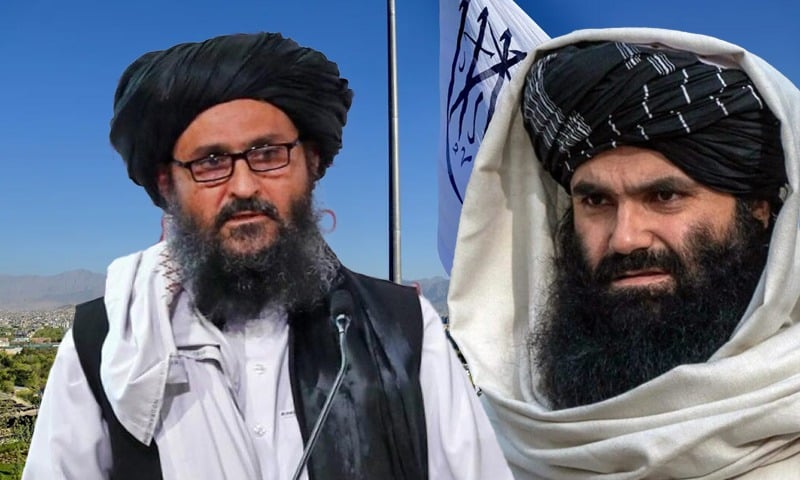In the midst of mounting regional tensions and shifting alliances, the recent statements from former US President Donald Trump regarding the Bagram airbase serve as a stark reminder of the fragile geopolitical landscape in Afghanistan. Trump’s calls to reacquire the airbase, a symbol of American military might and strategic presence in Central Asia, have not only sparked intense debate but also drawn the attention of global powers, particularly China, which has voiced its concern over the matter. As the struggle over Afghanistan’s future continues to unfold, it is essential to consider the broader implications for both regional security and the sovereignty of Afghanistan itself.
Bagram Airbase has long been a focal point of military and strategic importance. During the US-led intervention in Afghanistan post-9/11, Bagram was transformed into a heavily fortified base of operations, housing a vast array of military assets. The infrastructure at Bagram was so significant that it almost became a self-contained entity, a microcosm of American power in the region. The base not only housed a massive contingent of US and allied forces but also served as a detention centre for high-profile prisoners, including members of al-Qaeda and the Taliban. This airbase was not just a military facility; it was a symbol of American dominance and the broader Western presence in the region.
When the US made its hasty withdrawal in 2021, the Taliban took control of Bagram, alongside many other key military assets left behind. The US’s abandonment of the base, despite its strategic value, was a clear signal that Washington was pulling back from its prolonged engagement in Afghanistan. But as former President Trump’s statements now suggest, the US may not be done with Afghanistan. The call to retake Bagram is motivated not by concerns over terrorism, as Trump himself has indicated, but by its proximity to China. This is a stark example of how Afghanistan, and by extension, Bagram, has become a pawn in the larger geopolitical game between the US and China.
The desire to control Bagram is less about addressing security threats and more about securing influence over a region that holds immense economic and strategic value. Afghanistan’s proximity to China, particularly in relation to Beijing’s Belt and Road Initiative, makes it a valuable piece in the chess game of global power politics. For China, the prospect of a US military presence in Afghanistan again is deeply unsettling, especially as it seeks to expand its economic and geopolitical footprint in Central Asia. China’s position on the issue, advocating for the sovereignty of Afghanistan, reflects a desire to keep external powers, especially the US, out of the region.
However, the question arises: Can the Taliban maintain its hold on Afghanistan in the face of this renewed geopolitical rivalry? The Taliban’s military capabilities, though formidable in the context of local insurgency, are not equipped to challenge a superpower like the US militarily. Their air defence systems are outdated, and their military infrastructure is not comparable to that of the US. The Taliban has focused its efforts on securing the country domestically, yet their failure to address cross-border terrorism and militant groups operating from Afghanistan has alienated neighboring countries, particularly Pakistan, which has been the target of frequent attacks from insurgents.
The relationship between the Taliban and Pakistan is strained, especially with regard to countering cross-border terrorism. Pakistan has long supported the Taliban in its fight against the US, but the growing wave of violence spilling over the border has led to increasing pressure on the Afghan Taliban to rein in militants operating within their territory. Yet, despite these repeated requests and warnings, the Taliban has shown little willingness or capability to curb the insurgent groups that continue to destabilise the region. In this context, the return of the US to Bagram, even if it is for strategic reasons unrelated to counterterrorism, could be seen as a direct challenge to the Taliban’s control and authority.
Pakistan finds itself in a precarious position. While it has historically aligned itself with the US in various strategic campaigns, the recent history of US-Pakistan relations offers a cautionary tale. Pakistan has been used as a tool to further American interests in the region, only to be discarded once those goals were met. Pakistan’s role in the upcoming geopolitical struggle, especially in the event of a US return to Afghanistan, will be critical. However, Pakistan must be cautious not to blindly follow either side, especially when it comes to its relationship with China and the US. The strategic calculus for Pakistan should be one of neutrality, balancing its relations with both global powers while ensuring its own national security interests are prioritized.
The situation in Afghanistan has also raised concerns about the human cost of these geopolitical struggles. Ordinary Afghans, already weary from decades of war, face yet another potential escalation as the country becomes a battleground for global powers once again. While the Taliban has claimed to prioritise security and stability, the reality on the ground is much more complex. The Afghan people have already suffered immense losses, both human and material, and further conflict could lead to even more displacement and suffering.
This brings us to the situation in Khyber Pakhtunkhwa, where local protests have become a regular feature of the political landscape. The provincial government’s failure to address the rising security concerns, especially as militant activity continues to spike in areas like Bannu and Bajaur, has left the region vulnerable. The government’s focus on political rallies and protests, particularly in Peshawar, has done little to address the core issues facing the province. The financial crisis, the deteriorating law and order situation, and the increasing violence in the tribal areas require urgent attention. Yet, the ruling party seems disengaged from the ground realities, choosing instead to stage protests and hold rallies rather than address the deep-rooted issues affecting the population.
The residents of Khyber Pakhtunkhwa, particularly in the tribal areas, have endured the brunt of conflict for years. They have witnessed the rise of militants, the destruction of their homes, and the displacement of their families. Today, there is little sympathy left for militant groups operating in the region. The public’s desire for peace is stronger than any ideological alignment, and they seek stability more than anything else. The tribal areas, which once offered refuge to fighters, are now war-weary, and the people are no longer willing to provide shelter to insurgents. The support that militants once received has diminished significantly, as the human cost of the conflict has become all too evident.
In conclusion, Afghanistan stands at a critical juncture. The US’s return to Bagram, the shifting alliances between Pakistan, China, and the US, and the internal instability within Afghanistan present both opportunities and dangers for the country. For the Afghan Taliban, the ability to navigate these complex geopolitical currents while maintaining domestic stability will be crucial. For the people of Afghanistan, the hope for peace and security may seem distant, but it is not out of reach. The key lies in prioritising governance over protest, addressing the needs of the people, and ensuring that the region does not become a battleground for external powers at the expense of Afghan sovereignty and security.





